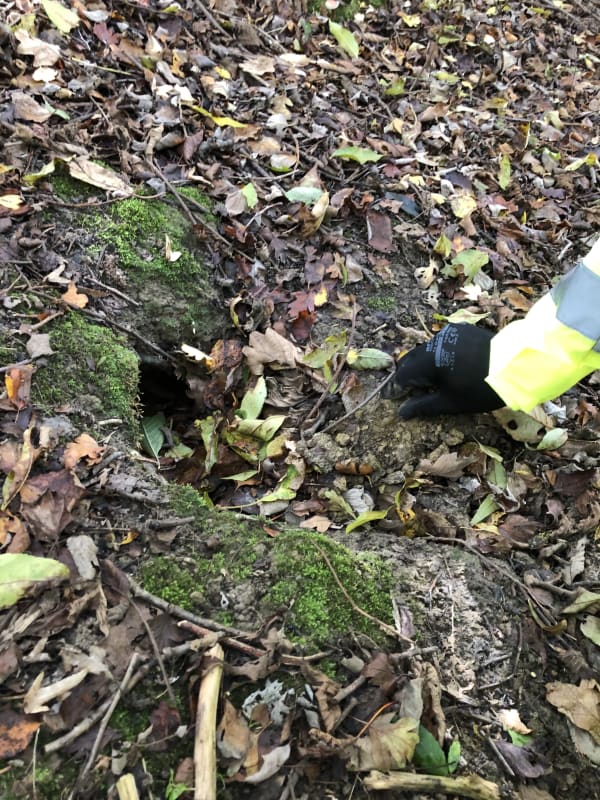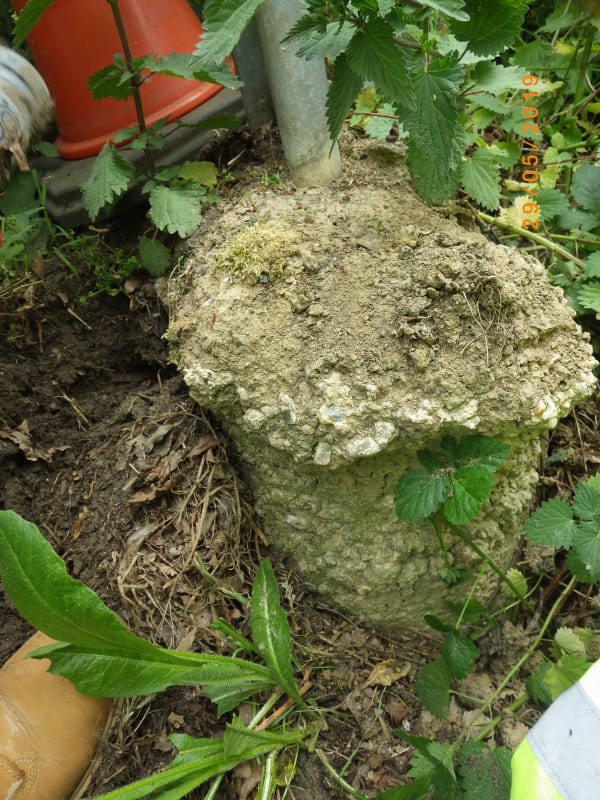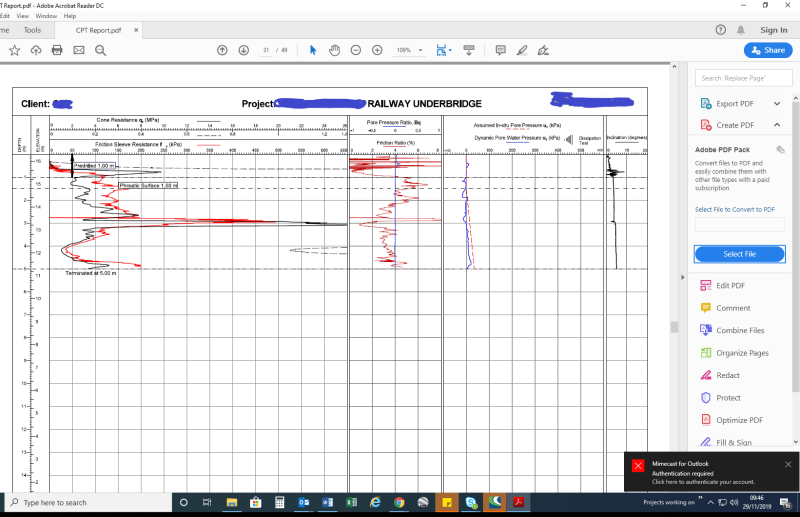Dear all
Im looking at an embankment which has suffered from susidence.
Possible options are:
1) burrowing by animals has caused voids
2) embankment built in 1940s possibly not compacted properly
CPt results indicate within the fill is silty snds (5/6 robertson material descirptions)
im getting values at low as 25-50% relative density.
From what i know about comapction, OMC and max dry density need to be at 95% with 5% air voids.
Is there anyway to compare relative density to comapction?
Do these realtively low RD values (they go utp 90-100% in surrounding layers) indicate improper compaction?
Please advise
thank you
Ash
Im looking at an embankment which has suffered from susidence.
Possible options are:
1) burrowing by animals has caused voids
2) embankment built in 1940s possibly not compacted properly
CPt results indicate within the fill is silty snds (5/6 robertson material descirptions)
im getting values at low as 25-50% relative density.
From what i know about comapction, OMC and max dry density need to be at 95% with 5% air voids.
Is there anyway to compare relative density to comapction?
Do these realtively low RD values (they go utp 90-100% in surrounding layers) indicate improper compaction?
Please advise
thank you
Ash



